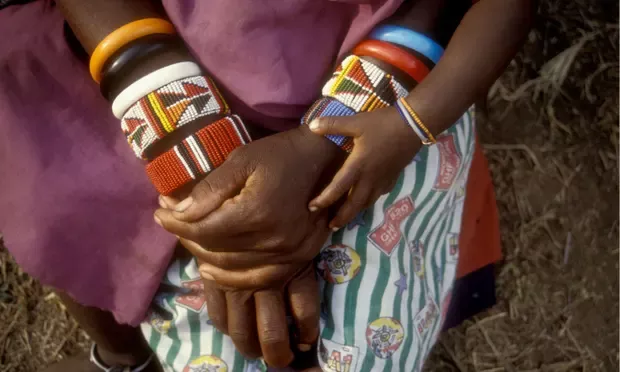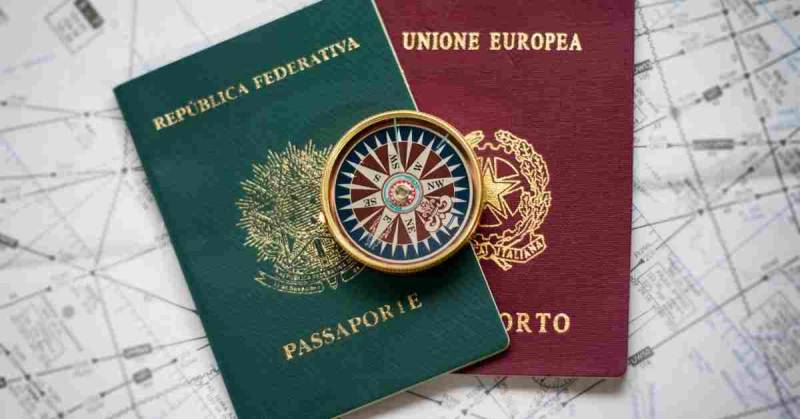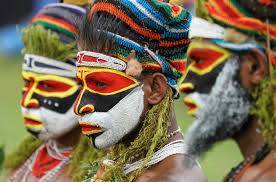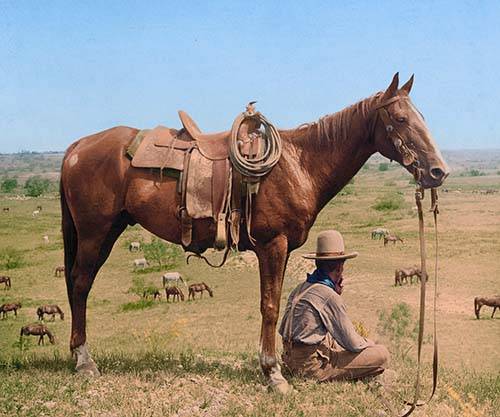Every day, for the past 20 years, Joyce Naserian has laid out her handmade curios near an entrance to the Masai Mara park to sell to passing tourists. Her earnings have helped the 46-year-old feed and educate all four of her children.
In northern Kenya, about 1,200 semi-nomadic women earned more than 9m Kenyan shillings (£62,000) selling beadwork to visitors at 43 community wildlife conservancies in 2020. Just as it was Naserian in the Mara, selling the beadwork was a solid money earner for these women. But that was before Covid.
The collapse of eco-tourism during the pandemic has spelled disaster for conservation initiatives and livelihoods in Kenya and beyond. Cuts to budgets and staff, reduced salaries and stalled development and education projects have plunged communities into poverty, leading to a rise in poaching and the illegal wildlife trade.
Reuters reported that in the first three months of 2020, the African continent lost $55bn (£44bn) in travel and tourism revenues – funds that go towards running conservation programmes that benefit local communities.
Kenya’s government has relaxed a raft of travel restrictions, but the return of international tourists has been slow, while concerns about carbon emissions from long-haul air travel may be putting people off flying into conservation areas.
“It is a real struggle for survival,” says Daniel Sopia, head of Masai Mara Wildlife Conservancies Association. “Women who relied solely on beadwork were badly affected as there was not a single tourist coming to the Mara at the height of Covid-19 restrictions. Household income dropped significantly and they had to rely on food from well-wishers.”
The 15 wildlife conservancies that Sopia heads comprise individual blocks of land owned by Maasai people. The landowners lease the land, covering 14,0426 hectares (347,000 acres), to safari camps and lodges, which pay fees that fund projects providing water, healthcare and education, as well as setting up small businesses.
In return, the 14,500 landowners protect biodiversity within the Mara ecosystem while preserving their traditional lifestyle.
Four years before the pandemic, the conservancies contributed almost 120m Kenyan shillings to social programmes in the region. Two years ago, payments to landowners fell by 50%, forcing conservancies to scale back operations and focus on priorities such as allowances to wildlife rangers. Sopia and his team had to scramble to prevent the total collapse of conservation programmes.
“Conservancies remained operational throughout the pandemic despite the lack in tourism income,” says Sopia. “We were fortunate to mobilise some resources from development partners and private foundations. These helped to cover rangers’ salaries, food rations, fuel, and vehicle maintenance.
“We hope the arrangement will be in place till June 2022 as we slowly wean the conservancies off such aid,” he says.
Some foreign organisations are now making a comeback after a two-year hiatus. In March 2022, UK charity Tusk brought together conservation professionals from across Africa for a symposium in Masai Mara to help organisations diversify fundraising and build resilient units.
Since 1990, Tusk has raised more than £80m towards conservation projects across more than 20 African countries and helped to protect more than 40 threatened species. Tusk’s upcoming Wildlife Ranger Challenge seeks to raise money for rangers whose pay was slashed in the pandemic.
“The last two years have been extremely tough for everyone. The conservation sector in particular has had to endure huge losses, dramatic cutbacks in operating budgets, and, sadly, redundancies,” says Charlie Mayhew, Tusk Trust chief executive.
Wanjiku Kinuthia, strategyhead at Maliasili, hopes the renewed interest in broadening discussions about African conservation will boost small organisations that are often left out of big decisions, despite being closest to the vulnerable communities bearing the brunt of a collapsing environment.
“They often miss out on global dialogues,” says Kinuthia, whose group supports about 20 other organisations in seven countries, including smaller ones that lack the networks to make their voices heard. “They do not understand how the media works or how to tell their stories. We can be catalysts of change for such grassroots organisations.”
Involving communities in conservation would safeguard the 65% of wildlife that lives outside protected areas, she says. “All people need are tools to help them coexist with animals in the 21st century while benefiting from conservation.”
However, some conservationists say the only way to sustain conservation programmes and avoid disruption is by governments increasing budgets to the sector, a challenge considering the current low levels of state investment.
Dickson Kaelo, who heads the Kenya Wildlife Conservancies Association, says African countries depend on foreign donors to fund development and conservation is no exception.
“There is no single answer to cutting off foreign aid,” says Kaelo. “There are no government incentives for setting up a conservancy to protect an elephant that walks all over destroying life and property.
“If you are in the farming sector, you can get a loan to buy a tractor, but there is no institution that gives loans for those who want to invest in protecting wildlife, and while a person buying a vehicle to ferry tourists gets some tax rebates, we get no such benefits when buying a truck for wildlife rangers.”
He adds: “The government is creating laws that hamper conservation, including the Natural Resources (Benefits Sharing) Bill, with a formula that will see those in conservation give 80% of their proceeds to government and a paltry 12.8% to local communities.
In addition, the government requires that you come up with a management plan, a strategic and environmental study, multiple registration procedures and other permits before setting up a private conservancy. If you want to lease land you have to pay 2% stamp duty for the entire period, say for 20 years, and pay that upfront. Why don’t we see such laws when someone wants to cut down a tree?”
Kaddu Sebunya, chief executive at the African Wildlife Foundation says Africans must be exposed to the benefits of wildlife and wild lands so they can lead on conservation. A starting point would be to make tourism more accessible, he says, “as it is easier for someone in New York or Sydney to book a tour to Africa than someone living in Harare or Lagos.”.
“Building our domestic and regional tourism market will be a stepping stone to increasing the African voice for conservation. While millions of Africans traverse the continent to travel for business, how can these numbers be translated to nature tourists?
“Data from Unctad [UN Conference on Trade and Development] indicates that four out of 10 international tourists in Africa come from the continent, and this begs the question, ‘is our product marketing catering to the four Africans?’
It is high time for a shift in mindset,” says Sebunya.




